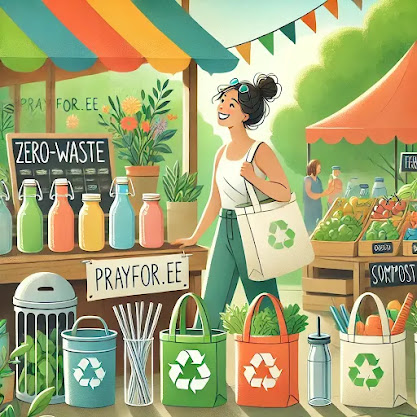California Wildfires Ravage Luxury Homes and Hollywood Landmarks: A Deep Dive into the Devastation 🏠🔥
In recent days, California has been engulfed by a series of relentless wildfires, leaving a trail of destruction in their wake.
The flames have not only consumed vast expanses of land but have also targeted some of the most affluent neighborhoods and iconic landmarks in Los Angeles.
The Fury of the Flames 🔥
The wildfires have been particularly devastating in areas like Pacific Palisades, Malibu, and the Hollywood Hills. Fanned by strong Santa Ana winds, the fires have rapidly spread, making containment efforts exceedingly challenging. As of now, over 30,000 acres have been scorched, with minimal containment in sight.
Celebrities in the Line of Fire 🎬🏡
The opulent residences of numerous Hollywood celebrities have not been spared. Paris Hilton's $8.4 million Malibu mansion has been reduced to ashes, and Bella Hadid's childhood home has met a similar fate. Other notable figures, including Billy Crystal, Leighton Meester, and Anthony Hopkins, have also suffered the loss of their homes.
Economic Impact: A Staggering Toll 💰
The financial ramifications of these wildfires are projected to be unprecedented.
AccuWeather estimates suggest that the total damage could range between $52 billion and $57 billion, potentially making this disaster the most expensive in California's history.
This figure encompasses property destruction, economic disruptions, and the long-term health costs associated with the pervasive smoke.
Hollywood's Heartache 🎥🎭
The entertainment industry has felt the impact acutely.
Numerous film and television productions have been halted, with studios like Universal and Disney temporarily shutting down operations.
The iconic Hollywood Sign, a symbol of the entertainment world, has been shrouded in smoke, serving as a haunting backdrop to the unfolding tragedy.
A Community's Resilience 💪❤️
Amidst the devastation, stories of resilience and solidarity have emerged.
Actor Steve Guttenberg returned to his charred neighborhood in Pacific Palisades, offering support to his affected neighbors and assisting in relief efforts.
Such acts underscore the community's determination to rebuild and recover from this calamity.
The Road Ahead 🚧🌱
As firefighting efforts continue, attention is turning towards recovery and prevention.
The state faces challenges in securing homeowners insurance, with major providers reassessing their policies in fire-prone regions.
Additionally, discussions about urban planning and building in high-risk areas are gaining momentum, emphasizing the need for sustainable solutions in the face of climate change.
In Conclusion 📝
The recent wildfires have inflicted unprecedented damage on California's landscape, economy, and cultural heritage.
As the state grapples with the aftermath, the resilience and unity of its communities offer a beacon of hope for recovery and renewal.
#News FIRE #USA #America #CaliforniaWildfires #LosAngelesFires #HollywoodBurns #ClimateCrisis #StaySafeCalifornia











